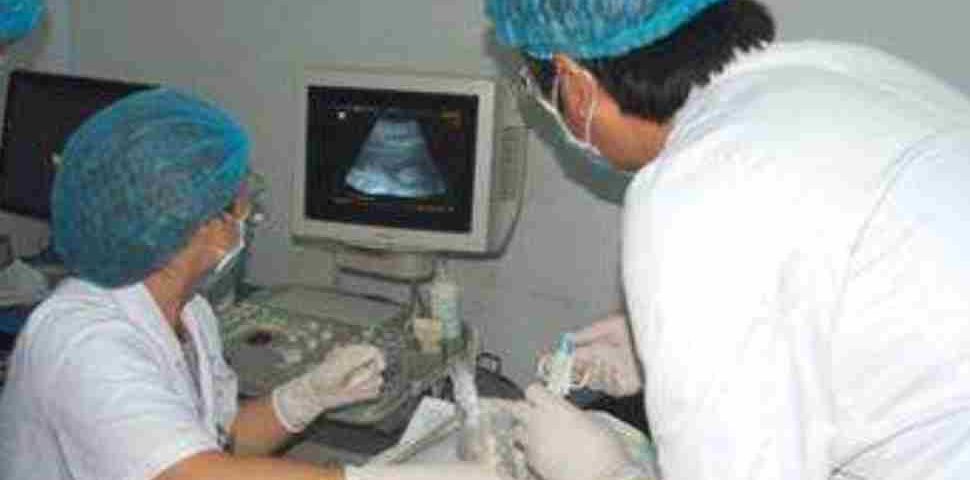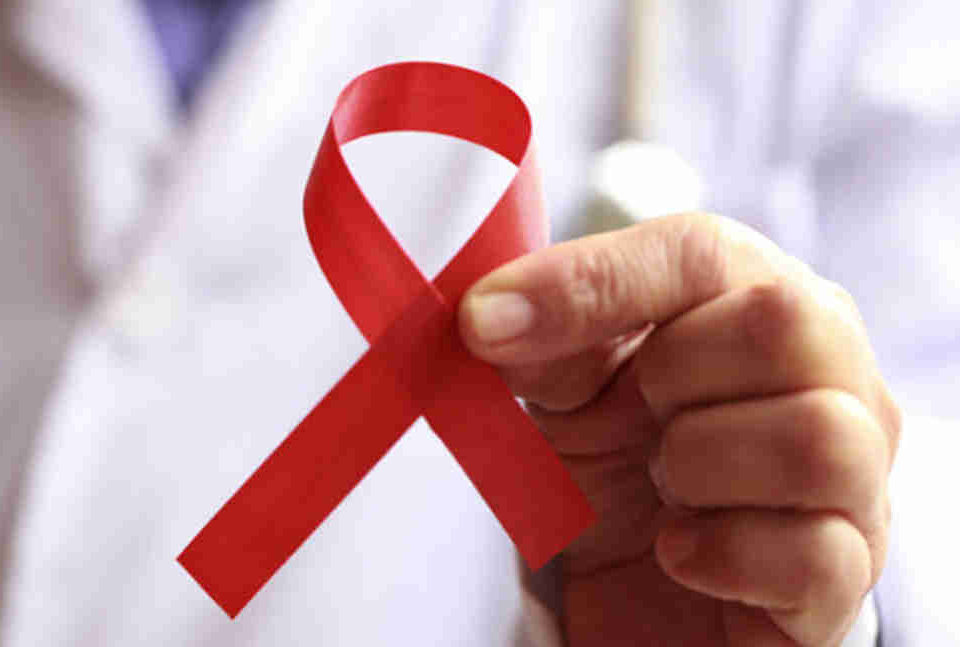- 如有疑问,请联系电邮
- customer@ihealth66.com
USNEWS:肺癌的分期是什么?

最新临床试验:联合化疗、贝伐单抗和/或阿替唑单抗治疗DNA错配修复转移性结直肠癌
2019年4月1日
USNEWS:空气污染与肺癌的关系
2019年4月3日By Kathleen Hall
无论是在美国还是在世界范围内,肺癌都是导致死亡的主要原因。这在很大程度上也是可以预防的。大约85%的肺癌病例发生在吸烟或习惯吸烟的人身上。幸运的是,随着吸烟人数的减少,肺癌的发病率也在下降。
肺癌的类型
肺癌主要有两种类型:非小细胞肺癌和小细胞肺癌。SCLC非常具有侵袭性,它开始并迅速传播。幸运的是,只有15%的肺癌属于这一类。
非小细胞肺癌根据肿瘤细胞的类型进一步分类(并命名),Dr亚伯拉罕·查楚阿,纽约大学朗格尼医学中心珀尔马特癌症中心癌症服务副主任。“这些细胞在显微镜下看起来非常不同,”他说。尽管NSCLCs生长缓慢,但当大多数人得知自己患有肺癌时,通常已经到了晚期。
分期是什么?
在你的肿瘤医生最初诊断你患有肺癌之后,他或她需要了解更多关于你癌症的细节。这叫做分段。分期可以帮助你的医生决定哪些治疗方案可能会产生最好的效果。许多用于诊断肺癌的测试——如CT扫描、活检(查看组织样本)或支气管镜检查(用示波器直接观察肺部)——都是用于分期癌症的相同工具。
肿瘤学家使用美国癌症联合委员会TNM分级系统来描述非小细胞肺癌。T表示肿瘤的大小。N表示肿瘤是否已经扩散到淋巴结(免疫系统的一部分)。一旦肿瘤扩散到淋巴结,它可以通过淋巴系统到达身体的另一个部位,在那里它可以重新开始生长。M代表转移,这意味着肿瘤已经扩散到身体的另一个部位。
肺癌分期
癌症的分期是复杂的。Raja Flores,胸外科系主任,西奈山医学中心胸外科教授Steven and Ann Ames。NSCLC分为I期、II期、III期和IV期,每一阶段又进一步细分为亚类(如IIA期或IIIb期),以提供更多关于癌症的细节。
弗洛雷斯说,I期肺癌局限于肺的一部分,还没有扩散到淋巴结。在II期,癌细胞位于肺的一部分和靠近肿瘤的淋巴结内。在第三阶段,你会发现癌细胞在远离肿瘤的淋巴结里,靠近气管。最后,到了第四阶段,肿瘤已经扩散到胸腔外。“第一阶段是最容易治愈的,”弗洛雷斯说,“筛查是发现它的最好方法。”第0阶段,即原位癌,描述了气道内壁异常细胞的存在。这些细胞最终可能发展成癌症。
肿瘤学家使用两层系统来分期小细胞肺癌。他们将SCLC肿瘤分为有限期(仍局限于局部)和扩展期(癌细胞已经扩散)。
患者的预后取决于他们的年龄、总体健康状况以及癌症在诊断时的进展程度。弗洛雷斯说,I期癌症患者通过治疗治愈的几率大约为80%。因为肿瘤仍然很小,它不太可能扩散。这也意味着肿瘤外科医生可以用一个小切口将其切除。晚期肺癌需要大的胸部手术。第四阶段肺癌无法治愈。肿瘤医生为IV期患者提供缓解症状和延长生存期的治疗(这被称为姑息治疗)。
肺癌的症状
早期发现肺癌会带来更好的结果。然而,肺癌患者通常没有明显的症状,尤其是在早期。咳嗽、气短、气喘和咳血都可能是肺癌的征兆。Chachoua说,当然,如果你吸烟,你可能已经习惯了咳嗽,可能会忽视持续的咳嗽。
有时候,肺癌患者在身体的其他部位有明显的症状。Chachoua说:“癌症可以在没有身体的情况下引起症状。”这可能是因为癌症已经扩散,并在新的地方产生了症状。或者,体内癌症的存在导致免疫系统对肿瘤产生的物质产生反应。这种罕见现象的医学术语是副肿瘤综合征。Chachoua说,肺癌患者的副肿瘤综合征可能导致能量丧失、无法解释的体重减轻,甚至是一种罕见的关节问题(肥厚性肺骨关节病)。这些看似无关的症状可以间接导致肺癌的诊断。
底线:如果你有长期咳嗽或其他无法解释的症状,最好去看医生并检查一下。
Lung cancer is a leading cause of death, both in the U.S. and worldwide. It’s also largely preventable. Approximately 85 percent of lung cancer cases occur in people who smoke or used to smoke. Fortunately, as the number of smokers declines, the rates of lung cancer are also going down.
Types of Lung Cancer
There are two main types of lung cancer: non-small cell lung cancer and small cell lung cancer. SCLC is very aggressive, and it starts and spreads quickly. Fortunately, only about 15 percent of lung cancers fall into this category.
Non-small cell lung cancers are further classified (and named) based on the type of cells in the tumor, explains Dr. Abraham Chachoua, associate director of cancer services at Perlmutter Cancer Center at NYU Langone Medical Center. “The cells look very different under the microscope,” he says. Even though NSCLCs grow slowly, by the time most people learn they have lung cancer, it’s usually at an advanced stage.
What Is Staging?
After your oncologist initially diagnoses you with lung cancer, he or she will need to learn a bit more about the specifics of your cancer. This is called staging. Staging helps your doctor decide which treatment options will likely produce the best results. Many of the tests used to diagnose lung cancer – such as a CT scan, biopsy (looking at a sample of tissue) or bronchoscopy (looking directly into the lungs with a scope) – are the same tools used to stage cancer.
Oncologists use the American Joint Committee on Cancer TNM classification system to describe non-small cell lung cancer. T describes the tumor by its size. N specifies whether the tumor has spread to the lymph nodes (part of the immune system). Once a tumor spreads to the lymph nodes, it can travel through the lymph system to another part of your body where it can begin to grow again. M stands for metastasis, which means the tumor has spread to another part of the body.
Stages of Lung Cancer
Staging cancer is complex, explains Dr. Raja Flores, chairman for the department of thoracic surgery and Steven and Ann Ames Professor in Thoracic Surgery at Mount Sinai Medical Center. There are four stages of NSCLC: I, II, III and IV. Each of these stages are further divided into subcategories (such as stage IIA or IIIb) to provide more details about the cancer.
Flores says Stage I lung cancer is limited to part of the lung and has not spread to the lymph nodes. With Stage II, cancer cells are in part of the lung and in lymph nodes close to the tumor. In Stage III, you find cancer cells in lymph nodes further away from the main tumor, near the trachea. And finally, by Stage IV, the tumor has spread outside the chest. “Stage one is the most curable,” Flores says, “and screening is the best way to catch it.” Stage 0, or carcinoma in situ, describes the presence of abnormal cells in the lining of the airways. These cells may eventually develop into cancer.
Oncologists use a two-tiered system to stage small cell lung cancer. They classify SCLC tumors as limited-stage (still localized) or extensive-stage (the cancer has spread).
Patients’ prognosis depends upon their age, general health and how advanced the cancer is at the time of diagnosis. Flores says patients with stage I cancer have a roughly 80 percent chance of being cured with treatment. Because the tumor is still small, it’s less likely to have spread. It also means the oncology surgeon can remove it with a small incision. Advanced lung cancers require major chest surgery. Stage IV lung cancer is not curable. Oncologists offer stage IV patients treatment that alleviates symptoms and prolongs survival (this is called palliative care).
Symptoms of Lung Cancer
Early detection of lung cancer leads to better outcomes. However, people with lung cancer often do not have noticeable symptoms, especially early on. Coughing, shortness of breath, wheezing and coughing up blood can all be a sign of lung cancer. Of course, if you smoke, you’re probably used to coughing and will likely ignore a persistent cough, Chachoua says.
Sometimes people with lung cancer have noticeable symptoms elsewhere in their body. “Cancer can cause symptoms without physically being there,” Chachoua says. It may be because the cancer has spread and is producing symptoms at the new location. Or, the presence of cancer in the body causes the immune system to react to substances produced by the tumor. The medical term for this uncommon phenomenon is paraneoplastic syndromes. Chachoua says paraneoplastic syndromes in lung cancer patients can cause loss of energy, unexplained weight loss or even a rare joint problem (hypertrophic pulmonary osteoarthropathy). These seemingly unrelated symptoms can indirectly lead back to a lung cancer diagnosis.
Bottom line: if you have a long-lasting cough or other, unexplained symptoms, it’s always best to see your doctor and have it checked out.





